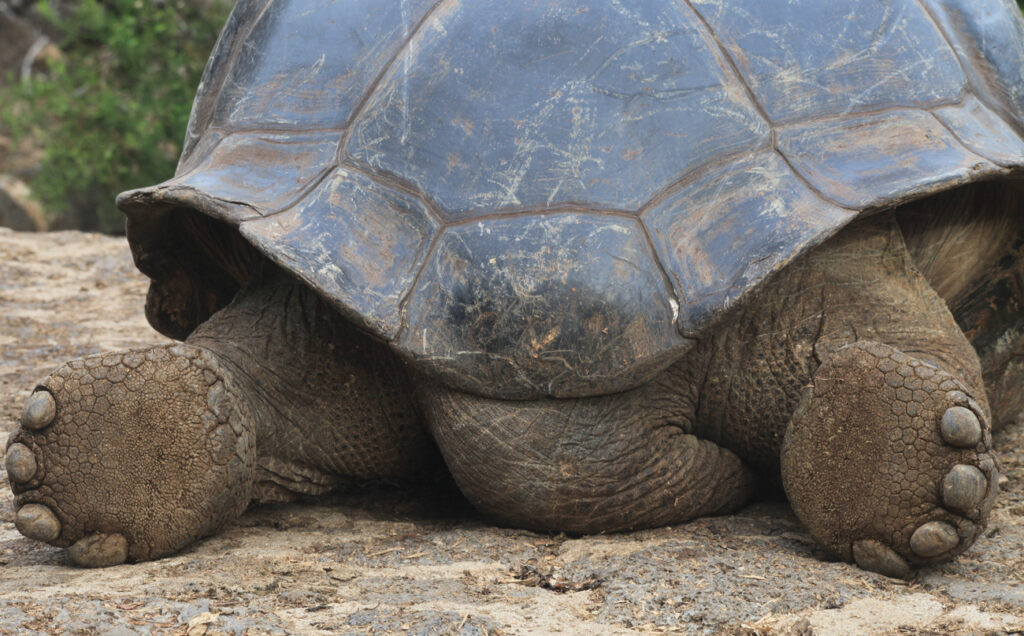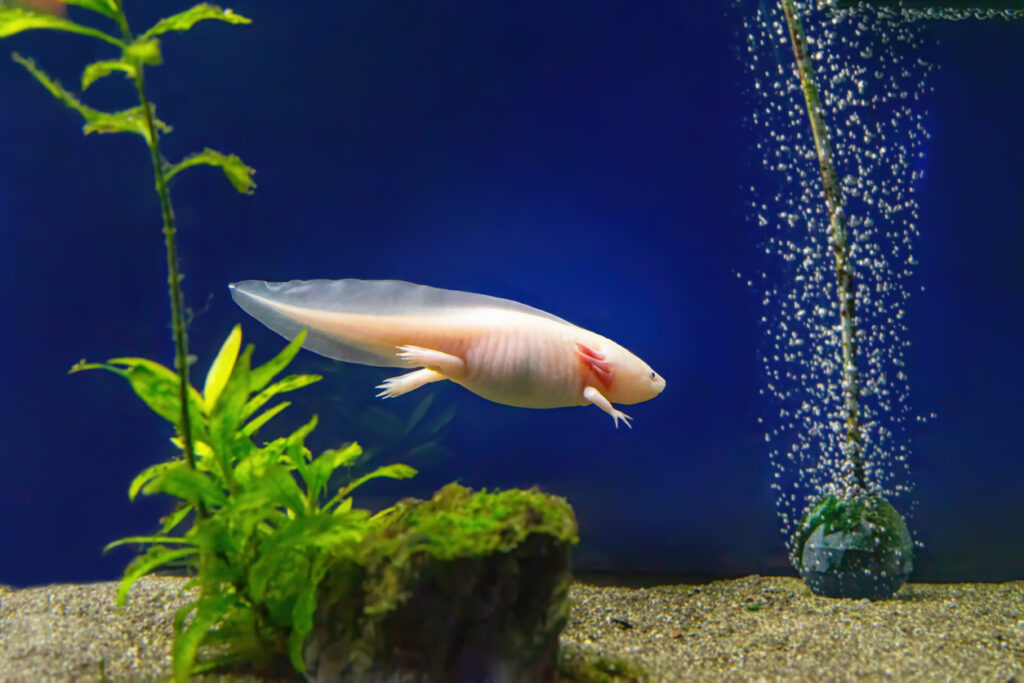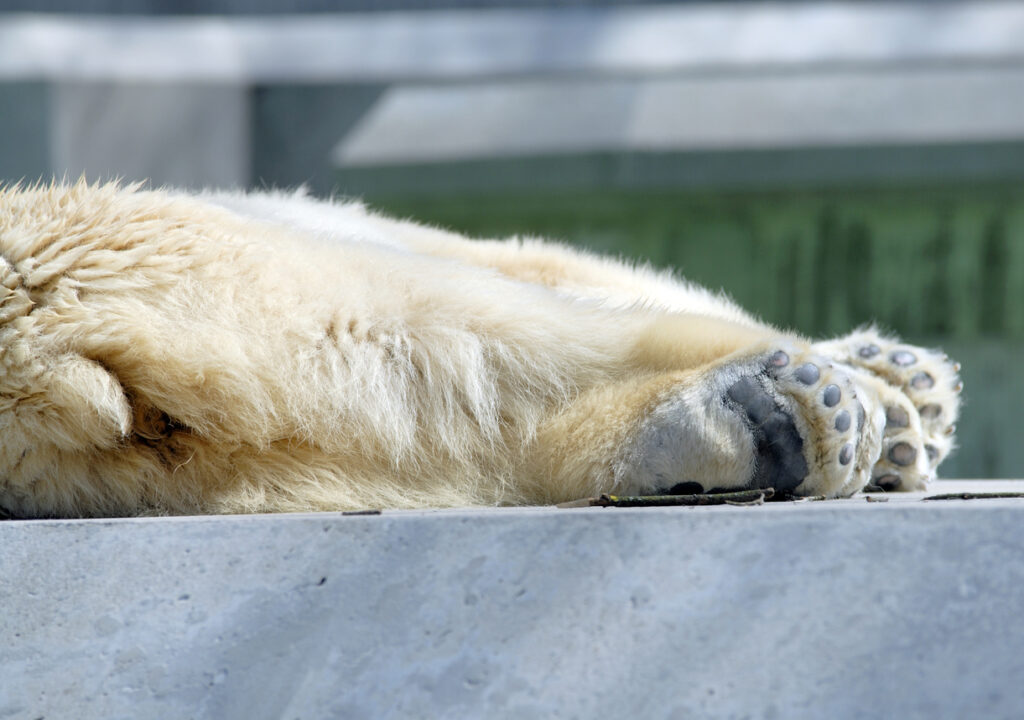1. Pigeons Can Recognize Themselves in Mirrors
Pigeons can pass the mirror test—a measure of self-recognition, which is rare in the animal kingdom. They can recognize their reflection and even understand complex visual cues. Not bad for a bird often dismissed as a “flying rat”!
2. Wombat Poop is Cube-Shaped
Wombats produce cube-shaped poop to mark their territory. Their intestines have special sections that shape the poop into cubes, so it doesn’t roll away on the uneven terrain of their native Australia. Talk about practical biology!
3. Sloths Can “Hold Their Breath” Longer Than Dolphins
Sloths can slow down their metabolism to such an extent that they can hold their breath underwater for up to 40 minutes. Dolphins, on the other hand, usually come up for air every 10–15 minutes. So in a breath-holding contest, sloths win by a mile.
4. Octopuses Have Three Hearts
Yes, three hearts! Two pump blood to the gills, while the third pumps it to the rest of the body. And get this—when an octopus swims, the heart that pumps to the rest of the body actually stops, which is why these sea creatures prefer crawling to conserve energy.
5. Male Seahorses Get Pregnant
In the seahorse world, it’s the males that carry the babies. The female transfers her eggs to the male’s pouch, where he fertilizes them and carries them until they hatch. It’s one of the few cases in the animal kingdom where males take on the pregnancy role.
6. Cows Have “Best Friends”
Studies have shown that cows form close social bonds and have best friends. When they’re separated, their stress levels increase, which is measured by an increased heart rate. So, it’s not just humans who need a buddy to lean on!
7. Some Turtles Breathe Through Their Butts

Certain turtles, like the Australian Fitzroy river turtle, can absorb oxygen through their cloacas, allowing them to stay underwater longer. It’s a pretty strange adaptation, but it works perfectly for these water-loving reptiles.
8. Honey Never Spoils
Honey is so low in water and high in sugar that bacteria and microorganisms can’t survive in it. Archaeologists have found pots of honey in ancient Egyptian tombs that are over 3,000 years old and still edible!
9. Dolphins Have Names for Each Other
Dolphins use unique whistles to call out to each other, almost like names. These signature whistles help them identify one another and communicate, even across large distances in the ocean.
10. A Shrimp’s Heart is Located in its Head
In shrimps, the thorax is fused with the head, meaning their hearts are located in what we would call the “head” area. It sounds bizarre, but anatomically, it makes perfect sense for them!
11. Butterflies Taste With Their Feet
Butterflies have taste sensors on their feet, which they use to determine whether a leaf is suitable for laying eggs and for food. They can taste by simply landing on a surface, which saves time when searching for food.
12. A Group of Flamingos is Called a “Flamboyance”
The collective noun for flamingos is as fabulous as they are—a “flamboyance.” This perfectly captures their bright pink color, social behavior, and elegant postures.
13. Rats Can Laugh When They’re Tickled
Photo: YouTube
Rats are surprisingly playful and will laugh when tickled! Although their laughter is too high-pitched for humans to hear, special microphones can pick it up. They even enjoy the experience and will return to areas where they’ve been tickled.
14. Frogs Can Freeze and Come Back to Life
Some species of frogs, like the wood frog, can survive being frozen for weeks. Their bodies produce a natural antifreeze that protects their cells. When they thaw, they simply start moving and hopping as if nothing happened.
15. Sea Otters Hold Hands When They Sleep
To keep from drifting apart, sea otters hold hands (or paws) while they sleep. This adorable habit ensures they stay together in groups, called “rafts,” as they float on the water.
16. Kangaroos Can’t Walk Backwards
Due to the unique structure of their legs and tails, kangaroos can only move forward or sideways—they can’t walk backward. This forward motion-only trait is also why kangaroos are featured on the Australian coat of arms, symbolizing progress.
17. Hummingbirds Weigh Less Than a Penny
Despite their incredible speed and energy, hummingbirds are incredibly lightweight—some species weigh less than a penny! This helps them hover effortlessly as they beat their wings up to 80 times per second.
18. Squirrels Plant Thousands of Trees Every Year… by Accident
Squirrels are known for hiding nuts, but they don’t remember where they’ve hidden every one. These forgotten nuts often sprout into new trees, helping reforest areas naturally. So, if you see a tree, you may have a forgetful squirrel to thank!
19. Axolotls Can Regenerate Entire Limbs

Axolotls, a type of salamander, are famous for their amazing regenerative abilities. They can regrow limbs, parts of their heart, spinal cord, and even parts of their brain! Scientists study them closely in hopes of applying this knowledge to human medicine.
20. Polar Bears Have Black Skin

Underneath their thick, white fur, polar bears actually have black skin. This helps them absorb and retain heat from the sun in their freezing Arctic environment, giving them an edge in staying warm. Their fur also reflects light, making them nearly invisible against the snow.


